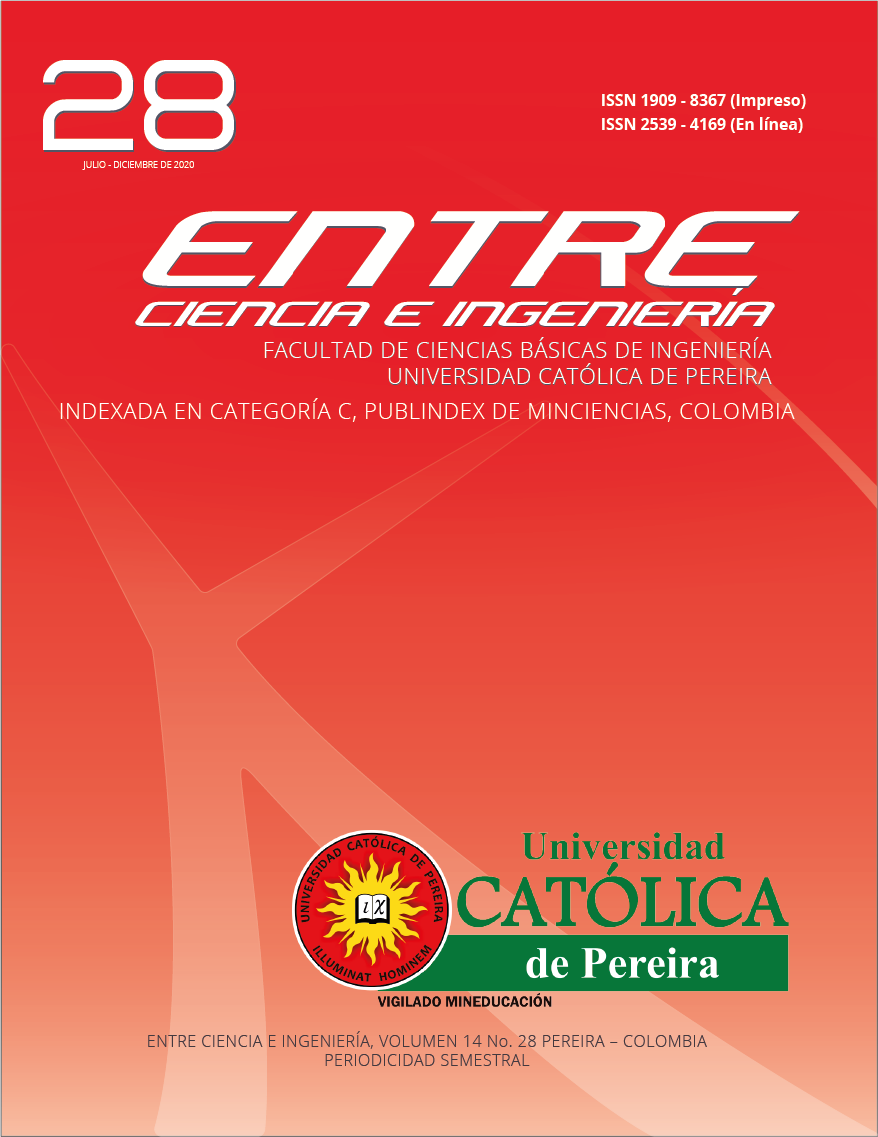Cluster analysis for granular mechanics simulations using Machine Learning Algorithms
DOI:
https://doi.org/10.31908/19098367.2058Keywords:
granular simulations, machine learning, classification analysis, performance analysisAbstract
Molecular Dynamics (MD) simulations on grain collisions allow to incorporate complex properties of dust interactions. We performed simulations of collisions of porous grains, each with many particles, using the MD software LAMMPS. The simulations consisted of a projectile grain striking a larger immobile target grain, with different impact velocities. The disadvantage of this method is the large computational cost due to a large number of particles being modeled. Machine Learning (ML) has the power to manipulate large data and build predictive models which could reduce MD simulation times. Using ML algorithms (Support Vector Machine and Random Forest) we are able to predict the outcome of MD simulations regarding fragment formation, after a number of steps smaller than in usual MD simulations. We achieved a time reduction of at least 46%, for 90% accuracy. These results show that SVM and RF can be powerful yet simple tools to reduce computational cost in collision fragmentation simulations.
References
C. Ringl, E. M. Bringa, D. S. Bertoldi, and H. M. Urbassek, “Collisions of porous clusters: A granular-mechanics study of compaction and fragmentation,” The Astrophysical Journal, vol. 752, no. 2, p. 151, Jun 2012. [Online]. Available: http://dx.doi.org/10.1088/0004-637X/752/2/151.
V. Botu and R. Ramprasad, “Adaptive machine learning framework to accelerate ab initio molecular dynamics,” International Journal of Quantum Chemistry, vol. 115, no. 16, pp. 1074–1083, dec 2014.
M. Rupp, A. Tkatchenko, K.-R. Muller, and O. A. von Lilienfeld, “Fast and accurate modeling of molecular atomization energies with machine learning,” Physical Review Letters, vol. 108, no. 5, jan 2012.
D. S. Glazer, R. J. Radmer, and R. B. Altman, “Combining molecular dynamics and machine learning to improve protein function recognition,” in Pacific Symposium on Biocomputing. Pacific Symposium on Biocomputing. NIH Public Access, 2008, p. 332.
B. Lantz, Machine learning with R. Packt Publishing Ltd, 2013.
A. D. Whizin, J. Blum, and J. E. Colwell, “The physics of protoplanetesimal dust agglomerates. VIII. microgravity collisions between porous SiO2aggregates and loosely bound agglomerates,” The Astrophysical Journal, vol. 836, no. 1, p. 94, feb 2017.
M. B. Planes, E. N. Millán, H. M. Urbassek, and E. M. Bringa, “Dust-aggregate impact into granular matter: A systematic study of the influence of projectile velocity and size on crater formation and grain ejection,” Astronomy & Astrophysics, jun 2017.
C. Ringl and H. M. Urbassek, “A lammps implementation of granular mechanics: Inclusion of adhesive and microscopic friction forces” Computer Physics Communications, vol. 183, no. 4, pp. 986–992, Apr2012. [Online]. Available: http://dx.doi.org/10.1016/j.cpc.2012.01.004.
C. Ringl and H. M. Urbassek, “A simple algorithm for constructing fractal aggregates with pre-determined fractal dimension,” Computer Physics Communications, vol. 184, no. 7, pp. 1683–1685, jul 2013.
A. Seizinger, R. Speith, and W. Kley, “Compression behavior of porous dust agglomerates,” Astronomy & Astrophysics, vol. 541, p. A59, apr 2012.
J. Blum, “Experiments on sticking, restructuring, and fragmentation of preplanetary dust aggregates,” Icarus, vol. 143, no. 1, pp. 138–146, jan 2000.
E. N. Millán, C. Ringl, C. S. Bederián, M. F. Piccoli, C. G. Garino, H. M. Urbassek, and E. M. Bringa, “A gpu implementation for improved granular simulations with lammps,” in VI Latin American Symposium on High Performance Computing HPCLatAm 2013, C. G. Garino and M. Printista, Eds., 2013, pp. 89–100. [Online]. Available: http://hpc2013.hpclatam.org/papers/HPCLatAm2013-paper-10.pdf.
A. Kassambara, Practical guide to cluster analysis in R: Unsupervised machine learning. STHDA, 2017, vol. 1.
E. N. Millán, C. A. Ruestes, N. Wolovick, and E. M. Bringa, “Boosting materials science simulations by high performance computing,” in Actas de ENIEF 2017: Mecánica Computacional Vol. XXXV, AMCA. Asociación Argentina de Mecánica Computacional, Nov. 2017. [Online]. Available: https://cimec.org.ar/ojs/index.php/mc/issue/archive.
E. N. Millán, N. Wolovick, M. F. Piccoli, C. G. Garino, and E. M. Bringa, “Performance analysis and comparison of cellular automata GPU implementations,” Cluster Computing, apr 2017.
H.-P. K. J. S. Ester, Martin and X. Xu, “A density-based algorithm for discovering clusters in large spatial databases with noise.” vol. 96, no. 34, 1996, pp. 226–231.








 Revista Entre Ciencia e Ingeniería
Revista Entre Ciencia e Ingeniería .png) entrecei@ucp.edu.co
entrecei@ucp.edu.co.png) ISSN (Impreso) 1909-8367 - ISSN (En Línea) 2539-4169
ISSN (Impreso) 1909-8367 - ISSN (En Línea) 2539-4169 Attribution-NonCommercial 4.0 International (CC By-NC 4.0)
Attribution-NonCommercial 4.0 International (CC By-NC 4.0)
.png) Carrera 21 No. 49-95 Av. de las Américas, Pereira, Risaralda, Colombia
Carrera 21 No. 49-95 Av. de las Américas, Pereira, Risaralda, Colombia